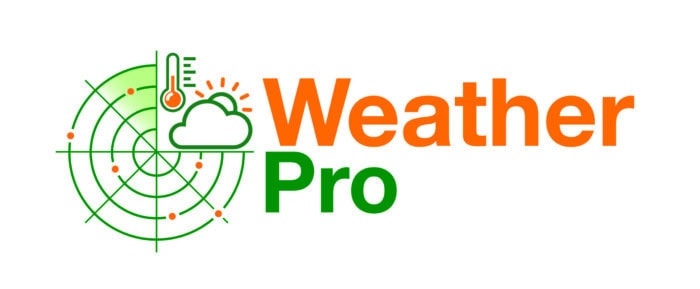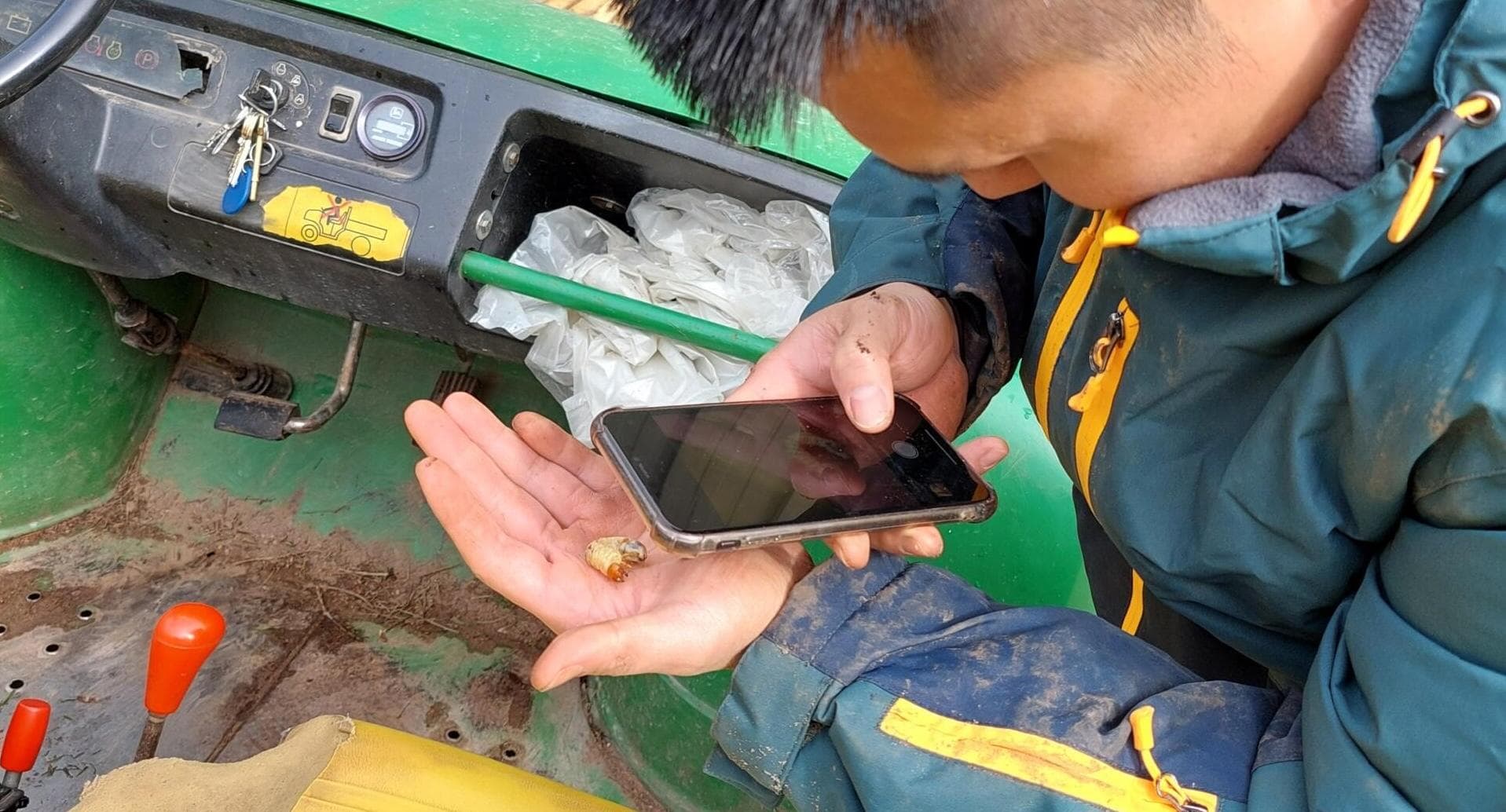Weather Pro is the new digital tool from Syngenta to let you see into the future.
Ok, only in a small way, specifically relating to weather conditions (no checking next weeks lottery numbers), but still its a pretty powerful platform if you want to get under the skin of what’s happening in the coming days.
Have a closer look at:
- Temperature (Maximum, Minimum and hourly)
- Wind (speeds, direction and temperature)
- Precipitation
- Soil moisture
- Evapotranspiration
- Soil temperature

Its free to use, find it with all the other Greencast digital tools on the Syngenta turf website. To access Weather Pro you just need to be signed in.
You can select a specific weather model if you have a preferred option, and set a bookmark so it remembers your preferred location.

We’ve talked a lot recently about the drivers of fungal disease in turf, and when you think about them (adequate temperature, leaf wetness).
They are primarily driven by forces outside you control e.g. weather patterns.
You already know that keeping track of what the weather is doing is an important task, and I’m not saying to stop watching the weather forecast or delete the 5 weather apps you have on your phone.
Weather Pro is design to let you dig a little deeper into what’s going to affect managing your turf. We’re not reinventing the wheel here, its all powered by the same weather data set that powers the other Greencast tools, but this tool allows you to « go down the rabbit hole » of weather if you are so inclined.
It comes with some challenges; its all based on weather modelling, so its not me running around putting down thousands of soil temperature and moisture probes to varying depths.
For soil temperature at 0-10cm depth for example, the model would work it out by taking the air temperature for that area and then factoring in how long it takes for that depth of soil to change temperature. So in theory if you had a very swanky soil temperature probe it would give you more accurate data for your site. The downside to that approach is how far from your new piece of kit do you trust? 1 meter, 10?
So use the tool knowing what it is, a model which is not perfect, but no system is and you can still get some amazing insights.
Soil Temperatures
Useful for predicting disease activity, looking for spray windows, supporting frost closure decisions and knowing when soil pests a more likely to be active.
Wind Direction
Fierce over simplification here; but for the Winter we can look at wind direction in order to predict weather patterns. For this you want to be on « wind animation » and zoom out, I went for 250 mb (mb = millibars – altitude is measured in pressure when you get above a certain height, 250 mb to be looking at the jet stream, but 10m for looking for spray days!)
You can see in the first image (with the blue arrows) that if the predominant high level wind is coming from the North its going to be bringing cold air with it.
We fast forward to the second image and wind direction is mainly from the South or West bringing warmer air.
I’m not going to bore you with a deep dive into each different option, the idea here was to give you a taste of what you can dig into. As always get in touch if somethings not clear or your interested in a specific area, but the best thing about this tool is it puts powerful weather models in your hands.
Look at what affects your site, that could be mild spells for Microdochium pressure, or wind speeds for winter closures.
Weather is never going to be something we can control, but the more heads up you give yourself the better you can plan for when it doesn’t play ball.









